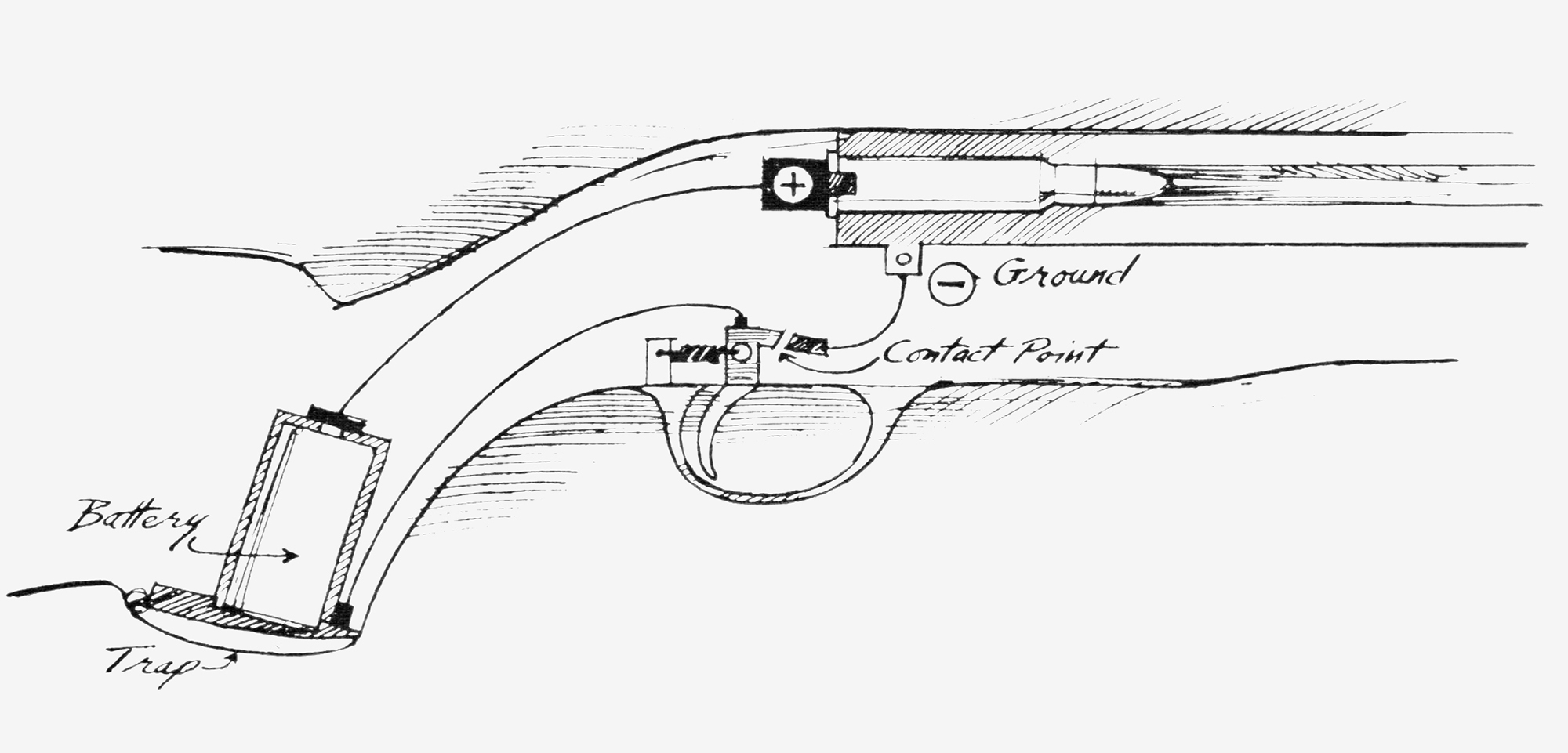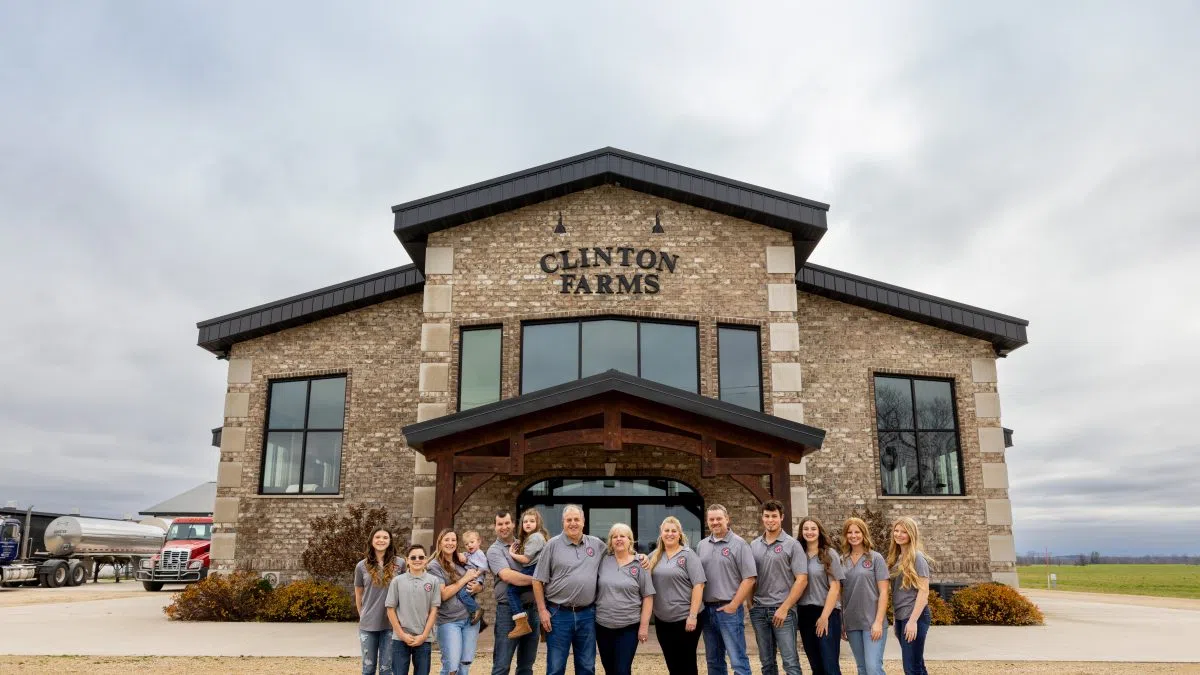Stellenbosch University: Launching South Africa's Space Pioneers into the Global Spotlight

The Western Cape’s Stellenbosch University is rapidly becoming a recognised hub for space innovation in South Africa, and the world. A recent NASA report has highlighted the remarkable contributions of researchers and entrepreneurs emerging from this picturesque university town, solidifying Stellenbosch’s position as a leading force in the burgeoning African space sector.
For years, Stellenbosch University’s engineering and science faculties have quietly nurtured a culture of ingenuity and problem-solving. Now, that dedication is paying off handsomely, with several projects and individuals gaining international recognition. The NASA report specifically lauded the university's work in areas like satellite development, remote sensing, and data analytics – all crucial components of modern space exploration and Earth observation.
What's Driving This Space Boom?
Several factors are contributing to Stellenbosch’s rise as a space innovation powerhouse. Crucially, the university's strong academic programs provide a solid foundation for aspiring space professionals. Furthermore, a growing ecosystem of startups and private companies, often spun out from university research, are commercializing innovative technologies.
“We’re seeing a real shift,” explains Dr. Sarah Klein, a professor of aerospace engineering at Stellenbosch. “There’s a palpable excitement around space technology, and students are eager to contribute. The support from both the government and private sector is also vital, allowing us to conduct cutting-edge research and attract top talent.”
Key Projects and Innovations
The NASA report singled out several key projects originating from Stellenbosch University. These include:
- CubeSat Development: Stellenbosch is a leader in developing CubeSats – small, affordable satellites that are revolutionizing space access for researchers and businesses.
- Remote Sensing Applications: Researchers are using satellite data to monitor environmental changes, manage agricultural resources, and respond to natural disasters – providing valuable insights for sustainable development.
- Data Analytics for Space Missions: Sophisticated algorithms are being developed to process and interpret vast amounts of data from space-based sensors, enabling more efficient and effective space missions.
Looking to the Future
The recognition from NASA is a significant boost for Stellenbosch University and the South African space sector as a whole. It demonstrates the country's potential to become a major player in the global space economy. As the demand for space-based services continues to grow, Stellenbosch is well-positioned to meet that demand, driving economic growth, creating jobs, and contributing to a more sustainable future.
The university is already planning to expand its space-related programs and facilities, attracting even more students and researchers. With its vibrant innovation ecosystem and a clear vision for the future, Stellenbosch is undoubtedly launching South Africa's space pioneers into the global spotlight.






